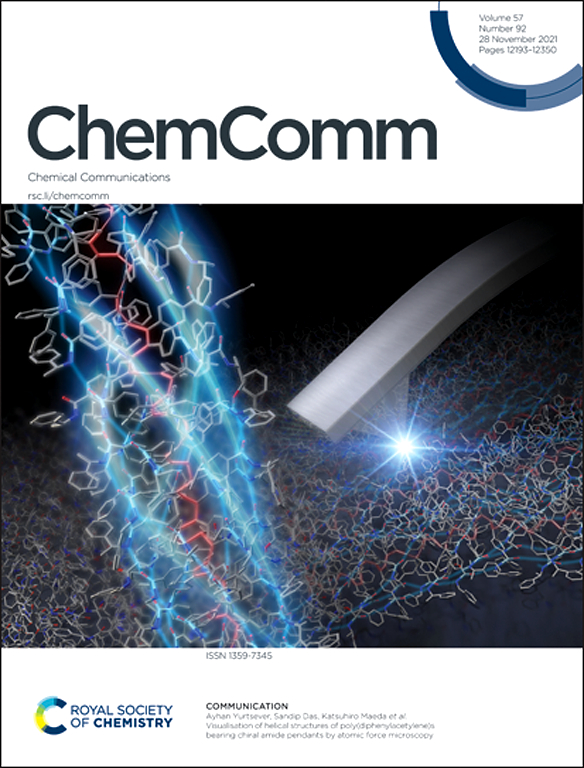Scientific Mapping about Detoxification of Chemical Warfare Agents using Porous-Organic-Polymers with Internal Molecular Free Volume
IF 4.2
2区 化学
Q2 CHEMISTRY, MULTIDISCIPLINARY
引用次数: 0
Abstract
Chemical warfare agents (CWA’s) have consistently been a global concern regarding both defence and civilian safety. In order to safeguard people from these harmful chemicals, numerous research teams have collaborated with defence organizations for an advanced technological solution regarding effectiveness and strength. In this context, porous organic polymers (POPs) have been thoroughly investigated as an ideal option for catalytically detoxifying CWA’s by initially capturing them and subsequently transforming them into harmless chemicals. POPs are a new category of porous organic materials primarily made up of organic components linked by robust covalent bonds, resulting in highly interconnected frameworks with firm structures and defined voids for housing guest molecule. This feature article offers a summary of current studies concerning different synthetic methods for POPs (HCPs, PIMs, and certain amorphous POPs), potential modifications to their functionality, and their promising use in photocatalytic/thermal detoxification of chemical warfare agents (CWA’s). This review underscores the need for ongoing research to create effective, safe, and ecofriendly decontamination techniques. Ultimately, various catalytic process of detoxification like hydrolysis, oxidation was explored with POPs and mechanism was established through structure activity relationship with various novel techniques. Additional needs and potential applications of utilizing POPs as nanoreactors for the detoxification of CWA’s have also been discussed.利用具有内部分子自由体积的多孔有机聚合物解毒化学战剂的科学制图
化学战剂(CWA’s)一直是全球关注的国防和民用安全问题。为了保护人们免受这些有害化学物质的侵害,许多研究小组与国防组织合作,寻求关于有效性和强度的先进技术解决方案。在这种情况下,多孔有机聚合物(POPs)作为催化解毒CWA的理想选择已经被彻底研究,其方法是首先捕获CWA,然后将其转化为无害的化学物质。持久性有机污染物是一种新型的多孔有机材料,主要由有机组分通过牢固的共价键连接而成,从而形成高度互连的框架,结构牢固,为容纳客体分子提供了明确的空隙。本文综述了有机污染物(HCPs、PIMs和某些无定形有机污染物)的不同合成方法、对其功能的潜在修饰及其在化学战剂(CWA)的光催化/热解毒中的应用前景。这篇综述强调需要进行持续的研究,以创造有效、安全和环保的去污技术。最后,探索了POPs的水解、氧化等多种解毒催化过程,并利用各种新技术通过构效关系建立了解毒机理。还讨论了利用持久性有机污染物作为纳米反应器解毒化学水的其他需求和潜在应用。
本文章由计算机程序翻译,如有差异,请以英文原文为准。
求助全文
约1分钟内获得全文
求助全文
来源期刊

Chemical Communications
化学-化学综合
CiteScore
8.60
自引率
4.10%
发文量
2705
审稿时长
1.4 months
期刊介绍:
ChemComm (Chemical Communications) is renowned as the fastest publisher of articles providing information on new avenues of research, drawn from all the world''s major areas of chemical research.
 求助内容:
求助内容: 应助结果提醒方式:
应助结果提醒方式:


